



















In Alaska, art has been a way to share stories for thousands of years. We build a shared vision for healing, transition, and justice when we share art. Together, our art shifts the dominant narrative of colonized media.

In Alaska, youth voices are powerful and demand to be heard. As we build pathways toward a Just Transition in Alaska, our collective, organized voice is more powerful than any of our voices alone. There are many ways to disband extractive economies; creating art is a key example of how we organize for a better future.
Regenerative economies and reframing our definition of economy fosters systems of care and management of our home, rooted in values that already exist within Alaskan Communities of Color. These systems must be led by and for Black and Indigenous Communities from the outset.
REgeneration is a youth-led narrative publication that highlights the Just Transition Framework and shares local art with themes of healing, joy, and action. Our goal is to build community, amplify youth narratives, and illustrate how art creates thriving regenerative economies in Alaska.










The Alaska Just Transition Collective is an intersectional group of regional organizations who collaborate on a vision for the future. We recognize that justice in a transition requires the full range of Alaskan experience and knowledge. Indigenous knowledge is essential to our work to build reciprocity with lands, waters, and each other.
By supporting projects that contribute to the sovereignty of the original stewards of these lands, Alaska Native peoples, we advocate for leadership and economic change led by and for frontline Communities of Color. We must develop a narrative that works with and for all of us, tapping into a full spectrum of knowledge and ways of life. With this vision, the Collective:

Creates collaborative spaces to transition communities from an economy based on extraction and exploitation to one based in care.

Builds networks of local leaders to foster collaboration on a large scale.
Cultivates a broad movement to connect different change-makers and move communities toward an economic, social, and political transition.
The Collective is: Native Movement , Alaska Public Interest Research Group , The Alaska Center , Fairbanks Climate Action Coalition , Native Conservancy , and Alaska Community Action On Toxics .The Just Transition principles exist with the understanding that the problems we face (climate change, health disparities, and worker exploitation, for example) are connected. Therefore, the tactics we use to solve problems must encompass these connected systems.







“Just Transition” is another way of saying “fair and equitable shift.” The Just Transition Framework is a set of guidelines for communities to shift away from extractive economies and toward regenerative economies.
"Extractive economies” create jobs and systems in our home that take from lands, waters, workers, and families without giving back in return. There is a lack of balance in extractive economies, which is why transitioning away from industries that deplete lands and cultures is important.
“Just Transition strategies were first forged by labor unions and environmental justice groups, rooted in low-income communities of color, who saw the need to phase out the industries that were harming workers, community health and the planet; and at the same time provide just pathways for workers to transition to other jobs. It was rooted in workers defining a transition away from polluting industries in alliance with fence line and frontline communities.”
“Regenerative economies” show us how care and management of home can be balanced. Resources and labor are sustainable because of this balance. In regenerative economies, industries value the offerings of lands, waters, and people and give back to them without stripping our home of resources and affecting communities negatively for profit.

Equitable regenerative economies have existed in communities of color in Alaska for millenia, so we use the phrase “Remembering Forward” as a reminder that the solutions to economic crises already exist within the fabric of our communities. We must lay the groundwork for a fair transition to an economy that cares for communities and the land.

TRANSITION IS INEVITABLE. JUSTICE IS NOT.

"ECONOMY" MEANS "CARE AND MANAGEMENT OF HOME."
Jeff Chen 陳奕正 (Inside Out Off and On / Page 7) is an Alaskabased multimedia producer. He's a child of Taiwanese immigrants with roots in Ka-gī. As a 2022 recipient of a Rasmuson Foundation Individual Artist Award, Jeff is currently creating a photo essay documenting the lives of other Alaskans who also have roots in Taiwan. He lives in Anchorage on Dena'ina lands and works at Native Movement. Jeff has a degree in Broadcast Journalism, minor in Vocal Performance, and a concentration in Environmental Science & Technology from the University of Maryland. Some of his work can be seen on his Instagram account @tan _ i _tsing.
Phenix Waters (Not Ever Again / Page 9) grew up in Deep East Texas in a deeply religious family. They experienced some difficult life experiences and has much wisdom to offer about overcoming abuse, trauma, and hardship. Phenix has 2 living children and one deceased due to suicide. Their mission is to help others learn how to recover from trauma, abuse and the challenges hardships bring. Phenix is a member of the LGBTQIA community, an artist and a business owner. They are also Disabled and living with complex post traumatic stress disorder. Phenix hopes to show people that the Disabled are valuable members of society and can do great things. Their hobbies include reading, playing guitar, and enjoying nature. They currently live in Alaska with their two black cats Loki and Gizmo.
Jenny Irene Miller (Inupiaq, b. Nome, Alaska) (Where the tundra meets the ocean / Page 11) is an artist working primarily with photography. Her larger portfolio includes works made with sound, video, and sculpture. Jenny’s work focuses on identity, community, place, refusal, and access. Jenny lives and works on Dena'ina Ełnena in Anchorage, Alaska.
Jenny holds an MFA in Photography from the University of New Mexico where she was awarded the Beaumont Newhall/Van Deren Coke Photography Fellowship. She also holds a BFA in Photomedia and a BA

in American Indian Studies from the University of Washington. She is a past SITE Santa Fe Scholar, Elizabeth Furber Fellow, and Fulbright Canada Killam Fellow.

Her work has been exhibited nationally at the Anchorage Museum, Portland Art Museum, SITE Santa Fe, Penumbra Foundation, Southampton Arts Center, Turchin Center for the Visual Arts, the University of New Mexico Art Museum, and more. She has also exhibited internationally at the Winnipeg Art Gallery and CONTACT Gallery, both in Canada and at the Incheon Open Port in South Korea. Jenny is a recipient of awards from the Alaska Humanities Forum, National Geographic, Fulbright Canada, and a Fulbright Canada Killam Fellowship to Canada. Her work has been featured by Inuit Art Quarterly, the New York Times, National Geographic, Canadian Art, Fifth Wheel Press, Forum Magazine, and Lenscratch among others. Jenny’ work can be found in the permanent collection of the Turchin Center for the Visual Arts. She is represented in New Mexico by Foto Forum Santa Fe. jennyirenemiller.com.


Native Movement, Fairbanks Climate Action Coalition, and NDN Collective (What The Hands Do, The Heart Learns | Arts In Action / Page 13) collaborated on the Fairbanks mural project in 2022.


Native Movement supports grassroots-led projects that align with our vision to dismantle oppressive systems for all, and that endeavor to ensure social justice, Indigenous Peoples’ rights, and the rights of Mother Earth.
Through education and advocacy Fairbanks Climate Action Coalition mobilizes Fairbanks & Interior Alaska communities toward action to mitigate and adapt to climate change. o hange,


Jeff Chen, who identifies as Taiwanese American, protests Chinese president Xi Jinping and then-governor Bill Walker’s meeting at the Hotel Captain Cook.

Watch: Press the play button, or go to bit.ly/insideoutoffandon

Six years ago, I was at the museum in downtown Anchorage. I got a text from my friend Evan Anderson who told me Chinese president Xi Jinping is in town. I looked down at my shirt that boldly spells out T-A-I-W-A-N, and laughed to myself, “well, I’m wearing the right shirt!” Within minutes, I was out the door, heart pounding, walking with exigence to the Hotel Captain Cook, where Governor Bill Walker was hosting Xi for a visit to talk about natural gas.
As I arrived, my heart knew what to do, but I had to force my brain and my throat to cooperate. “Taiwan is a sovereign nation!” I yelled to the top of the hotel, where I presumed they were meeting. U.S. law enforcement immediately put up barricades and began to monitor me. And then Chinese officials began to circle me in silence. I talked back about Taiwan’s democracy.

Everyone else in Anchorage was just doing what they do on a First Friday. One friend did stay with me the whole time while I yelled phrases like, “Stop pointing missiles at my homeland!” and I’m grateful for them and the other friend who took me to a safe place afterward.
At the time, I had been helping in some community organizing spaces in Alaska, but the issue of Taiwanese sovereignty had never come up – it still hasn’t. Everyone’s got their own issues they care about and fight for, so sometimes you just gotta light your own match and say what’s in your heart.
The next day, I ended the governor’s press conference by asking why he wanted to do business with an authoritarian government that has missiles pointed at my homeland. He didn’t have an answer. Like a light switch – when the need arises, you turn on your lights and shine.


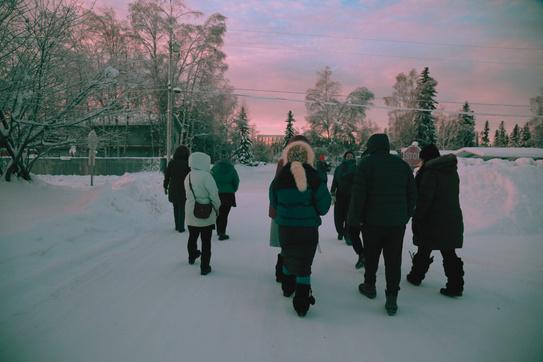


they/them
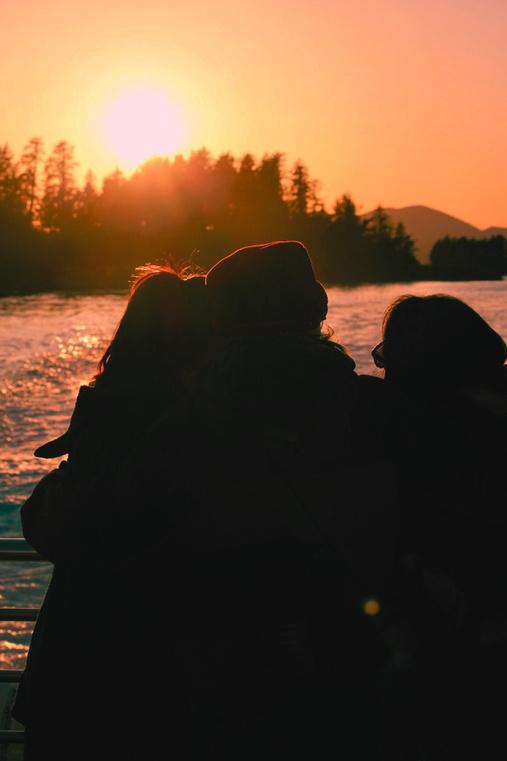
This piece is acrylic on stretched canvas 16x20. I painted it after leaving an abusive relationship. I had to flee 4000 miles to find a safe place to learn how to create a better life for myself. It is a female figure coalescing from a wall of fire. It represents the moment I had when I declared deep within my soul “not ever again!” would I be subjected to abuse in a bid for love and acceptance.



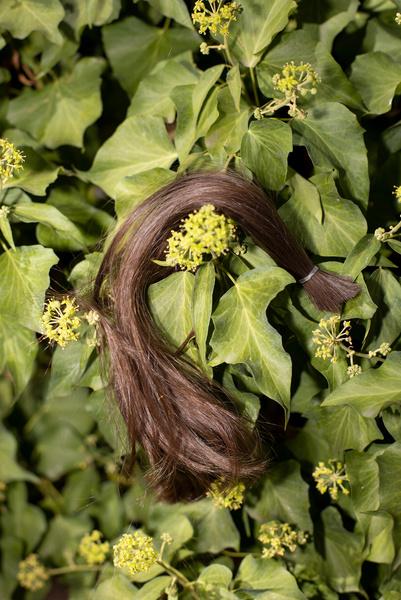

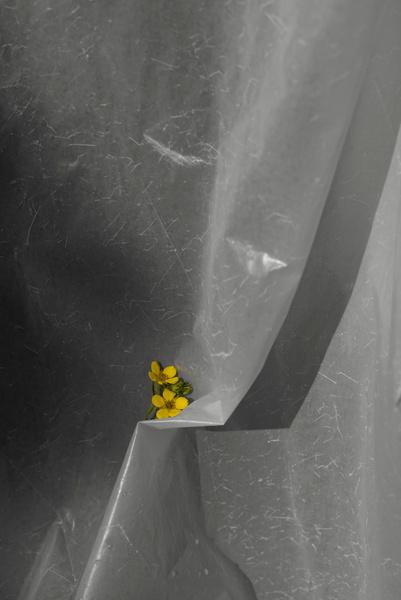
Where the tundra meets the ocean renders family through photographs and the reactivation of familial archival images and documents. This ongoing project centers on Inupiaq and queer quotidian moments and memories. An intergenerational dialogue between myself, family members, and those who have passed, this work features the strong women in my life, soft moments found at home with my partner, and the spaces and memories where I find comfort. These photographs help me keep those in my family who have passed alive and my kin nearby.
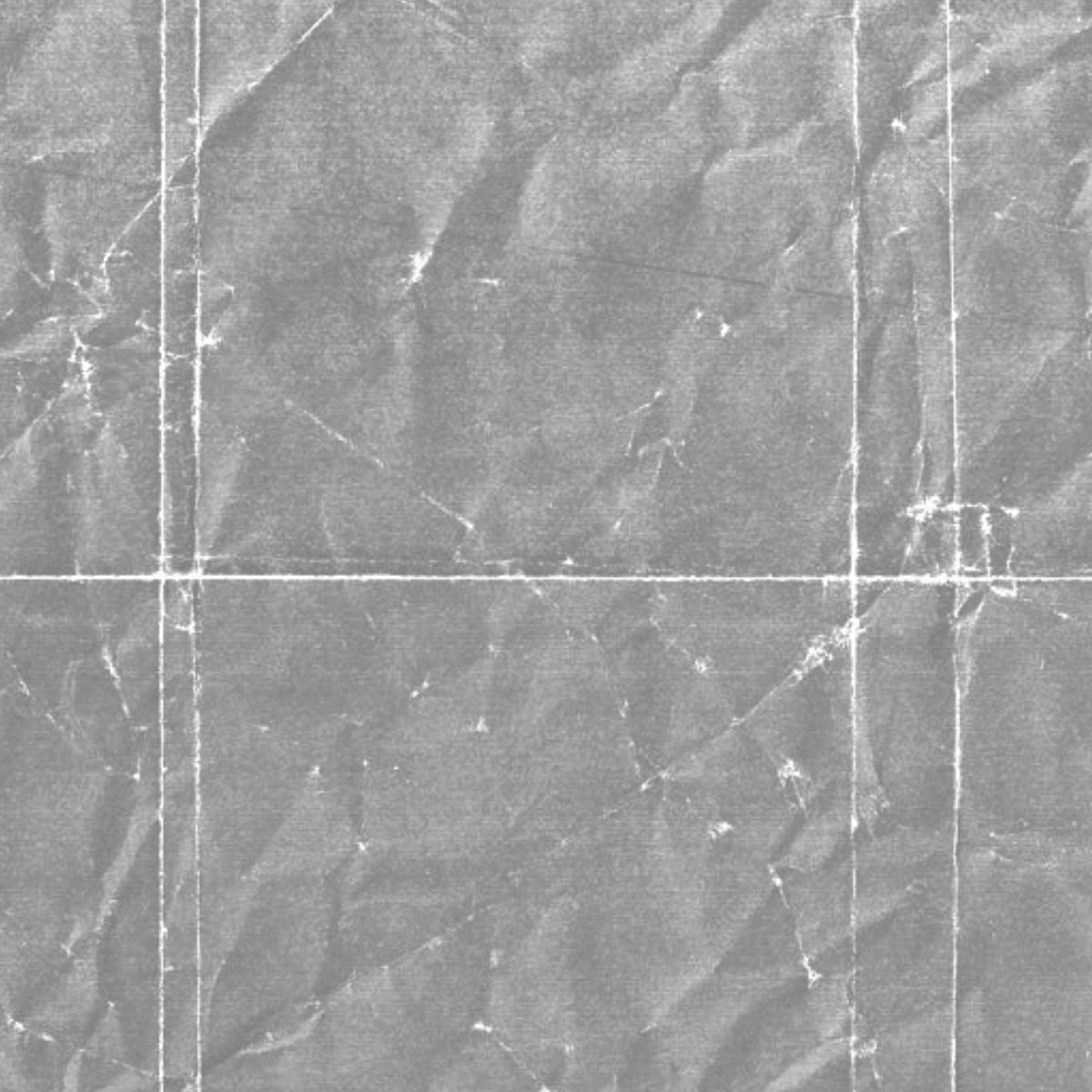


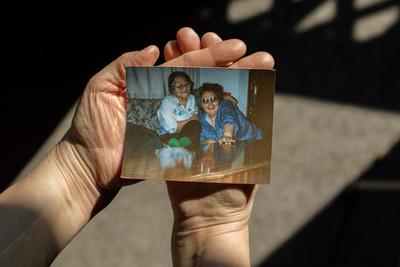
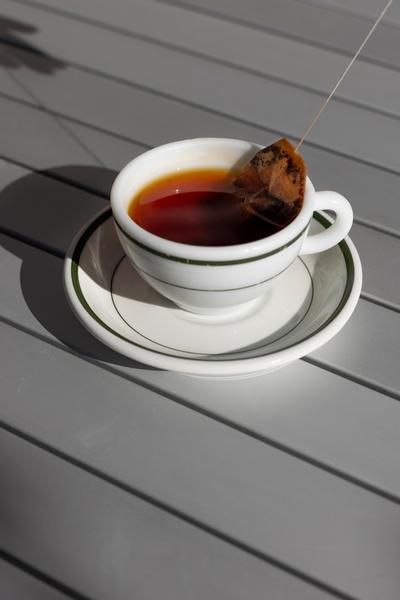






In September 2022, we celebrated the creation of our first community mural featuring photographs made by Native Movement staff photographer Jeff Chen and words by Movement Generation. The mural installation was a collaboration between Native Movement, Fairbanks Climate Action Coalition, and NDN Collective and was carried out during a four-day training. This mural space will be ever-evolving with community collaboration and new artists, so if you want to get involved or have ideas, visit our website: nativemovement.org/fairbanksmural.
The mural focuses on large photographs made during a recent Nenana Youth Culture camp and was in collaboration with many hands over two days September 9th and 10th, 2022. The dedication included a performance by a local drumming group, Dene’ Eslaanh (We the People), with song and prayer to bless the community effort that went into the creation of this prominent art piece at the intersection of Wendell Ave and Hall St. across from the Morris Thompson Cultural Center. Pictured in the photographs are Vernell Titus, Giana Nicholas, Eli Nicholas, Kylah Huntington, and Naawéiyaa Tagaban.
Watch: Press the play button, or go to bit.ly/fairbanksmural













In this edition, Jeff Chen shares his connection with direct action and identity with his piece Inside Out Off and On. Phenix Waters lights the match with a piece inspired by their declaration of liberation - Not Ever Again. Jenny Irene Miller holds an intergenerational dialogue with family and kin through their series Where the tundra meets the ocean. In a collaboration by Native Movement, Fairbanks Climate Action Coalition, and NDN Collective, we explore arts as action with the Fairbanks mural, What The Hands Do, The Heart Learns.
Thank you to the artists featured in the second issue of REgeneration.
REgeneration accepts submissions on a rolling basis. To submit, email info@justtransitionak.org with "REgeneration" in the subject line. Follow along at justtransitionak.org.
